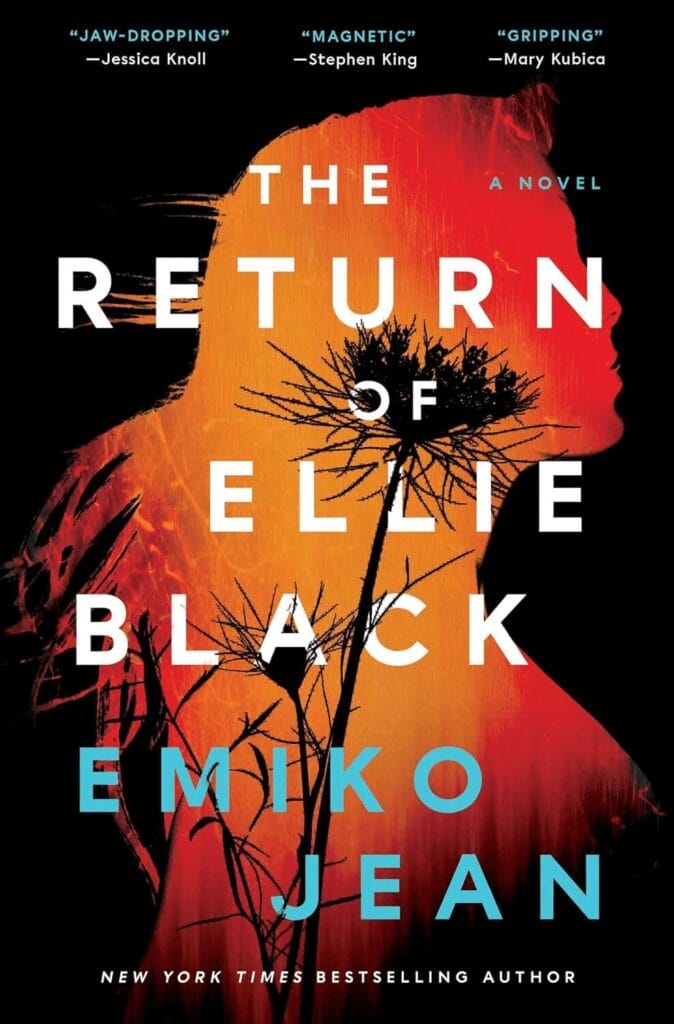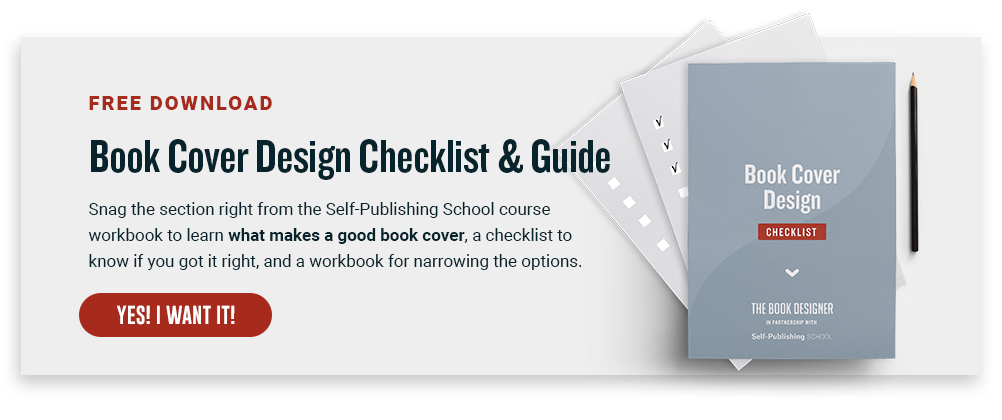You’ve spent the last however-many months (or years) writing and editing your book and you’re finally ready to self-publish it. Congratulations! That in itself is a huge accomplishment! Now that you’re ready to self-publish, you’re probably wondering about all the steps involved and one thing is likely top-of-mind: coming up with some book cover ideas that will do your manuscript justice.
Your book cover is equivalent to your book’s calling card. It’s usually the first thing a potential reader will see when perusing books online or in their favorite bookstore. A great cover will grab their attention and encourage them to choose your book over all of the others available.
Here’s what you need to know about finding book cover ideas as a new author:
Book Cover Ideas: Where to Find Book Cover Designs
There are three basic options for self-publishers who need a creative book cover design: DIY, purchasing a pre-made cover design, or hiring a professional designer. Each one has its pros and cons, which I’ll explore here.
DIY book covers are often the cheapest option (depending on whether you need to purchase stock images). If you have at least basic design skills, you can learn how to create your own book cover design, especially with the advent of sites like Canva that make it easier for non-designers to create designs.
The downside to DIY is that you do need to have design skills to create a successful book cover. If your design skills aren’t up to the challenge, you can end up with a cover that makes your book look amateurish, regardless of the quality of the content inside.
Pre-made cover designs are an excellent option for self-published authors who want a professional cover on a budget. Designers create covers for a wide variety of genres and types of books and then list those designs for sale. Most offer exclusive licenses—when you purchase the design, the designer no longer offers it for sale to other authors. Many designers who offer pre-made covers will also do a basic customization of the cover—like changing the title and author name—included in the price (or for a small additional fee).
The biggest pro of using a pre-made cover design is that you get a professionally designed cover for a fraction of the cost of a custom cover. The biggest con, however, is that it can be hard to find a pre-made cover design that really fits your book, and you can spend a lot of valuable time looking for one.
Hiring a professional designer to bring your book cover ideas to life is the final option, and often the most expensive. That said, working with a professional designer has a lot of advantages. The most significant advantage, of course, is that they can create a cover that perfectly captures your book’s tone and narrative. You’ll get a cover that is uniquely yours. They can also do a lot of things that are likely beyond the skills of many DIY authors, like interweaving text with the background image of the cover (as seen below).

The biggest downside to working with a professional book cover designer is the cost. The best professional book cover designers don’t come cheap. But if you’re willing and able to invest in your book’s success, the cost is generally worth it. You might be able to find someone who’s just starting their book cover design career who’s willing to give you a good deal in order to build their portfolio (just be sure they’re capable of creating the design you want!).
How much does a book cover cost?
If you’re going the DIY route, you may be able to create your book cover entirely for free. You can use free stock images and software like Canva for the design. Just note that Canva’s book cover templates are generally only for the front cover of a book. You’ll need to create a custom design for the spine and back cover.
Pre-made book covers are generally affordable. Most designers who offer pre-made covers charge somewhere between $40 and $200, depending on the complexity of the design. You may or may not have to pay a bit extra to have the title and author name changed (or you may be able to do that part yourself, depending on what kinds of files the design includes).
Professional designers vary widely in what they charge. On the low end, expect to spend a few hundred dollars, and on the high end, several thousand. Some designers offer book production packages for self-published authors that include the cover design, formatting, and even uploading. Professional designers may charge by the hour or by the project, with the latter being more common. If you go through several rounds of revisions, you may incur additional fees.
When working with a professional designer, the more information and guidance you can give them upfront, the smoother the process will be. Even a hand-drawn sketch of what you want, along with examples of covers you’d like to emulate, can be a huge help to a designer.
The Building Blocks of a Great Book Cover
There are three basic building blocks of a great book cover design: imagery, typography, and color palette. These three elements, along with the actual content of your book cover (title, back cover blurb, etc.), are what set your book’s cover apart from other books in your genre readers might also be interested in.
Book Cover Ideas: Imagery

The main image of your book cover is often the first thing that a reader notices. There are many different approaches to imagery, from simple to complex. Some designers opt for a strong focal image that draws attention, while others use something simple to let the title (or even the author’s name) become the focal point.
If you’re designing your own book cover, there are many stock photo sites out there that offer free or low-cost images that you can incorporate into your design. Just remember that stock images can be used by anyone, so you won’t have any exclusivity when it comes to your cover image.
Book Cover Ideas: Typography

The typography is arguably the most critical part of your book’s cover design. The text on your cover has to convey a lot of information in very little space. Choosing the right font for important parts, like your title, can make or break the design. The right font conveys a lot about the tone of your book, while the wrong one can either leave the reader feeling confused or ruin the design entirely.
If you’re doing it yourself for your book cover, be sure to use appropriate display fonts (fonts that look good at larger sizes) for the title and author name. Also, make sure that there’s enough contrast between the text and the imagery of the cover so that it’s easy to read.
Book Cover Ideas: Color Palette

Color can be the most impactful part of your book cover, yet its importance is often overlooked. Color conveys emotion, tone, mood, and more about your book. Warm and bright colors imply action, passion, and even danger. Cooler or more muted colors can imply that your book is slower moving and potentially more thoughtful. Combined with the imagery and typography that you choose, the color palette will tell readers a lot about what to expect from your story.
If you’re designing your book cover yourself, check out the color palettes of similar books in your genre. You can also find pre-made color palettes online that can help guide your choices.
Final Thoughts on Book Cover Ideas for New Authors
One of the best ways to find book cover ideas is to browse books already available. Look through listings in your genre (and others) on Amazon or your favorite online bookseller. Take an afternoon to browse some local bookstores or libraries. Take note of which covers stand out to you. Figure out what you like about them, whether it’s the color palette, typography, imagery, or something else entirely.
Creating a swipe file of cover designs you love is a great resource, whether you’re creating your cover yourself or hiring a designer. Studying what makes a good design can help you more effectively communicate with a designer or figure out how to design your own covers.




